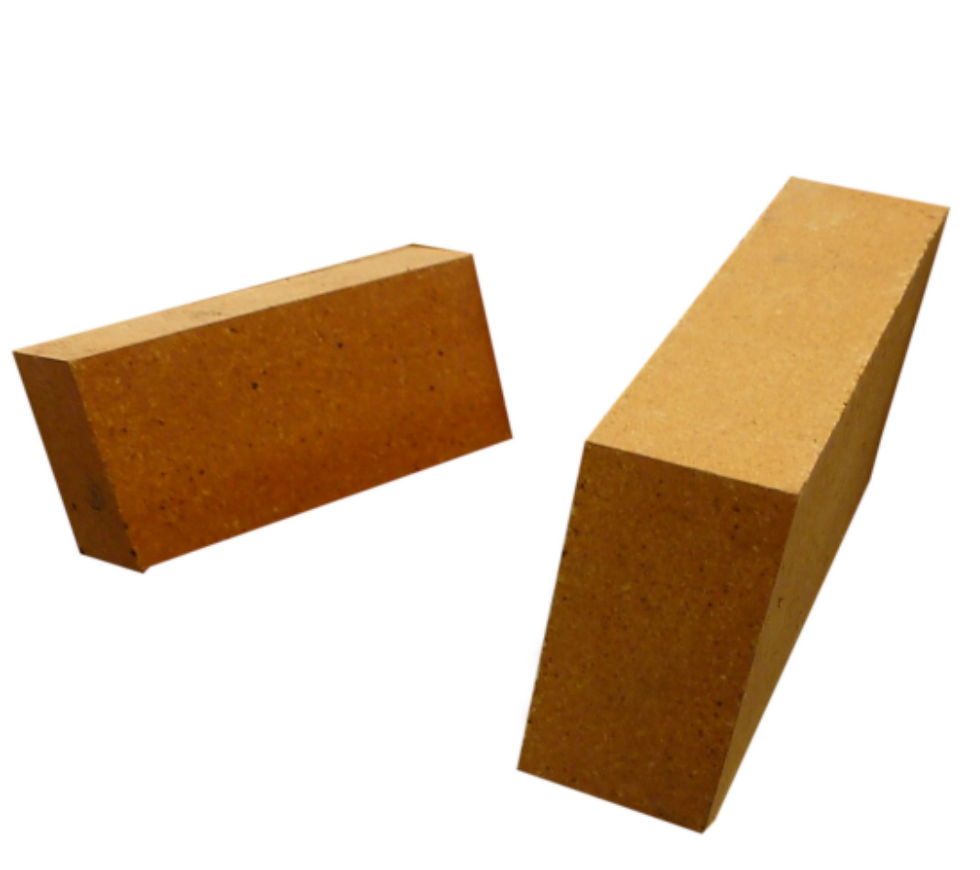Non-asbestos millboard is a type of gasket material that is commonly used in high-temperature applications. It is designed to provide insulation and sealing in environments where traditional asbestos-containing materials would have been used in the past. Non-asbestos millboard is composed of a combination of mineral and synthetic fibers, along with fillers and binders that provide the desired thermal and mechanical properties.
Key features of non-asbestos millboard include:
High Temperature Resistance: Non-asbestos millboard is capable of withstanding elevated temperatures, making it suitable for applications where traditional gasket materials might fail due to heat exposure.
Thermal Insulation: It has good thermal insulating properties, helping to prevent heat transfer and maintain temperature stability in industrial processes.
Mechanical Strength: Non-asbestos millboard exhibits mechanical strength, making it suitable for gasketing applications where a robust and durable material is required.
Chemical Resistance: Depending on the specific formulation, non-asbestos millboard can offer resistance to certain chemicals, contributing to its suitability for various industrial environments.
Dielectric Properties: It may have dielectric properties, making it useful for electrical insulation applications.
It's important to note that the composition of non-asbestos millboard can vary between manufacturers and products. Users should refer to the product specifications provided by the manufacturer to ensure that the selected millboard meets the specific requirements of their application.
When working with non-asbestos millboard or any gasket material, it's crucial to follow proper handling and installation procedures, including compliance with safety regulations. Additionally, consulting with the manufacturer or a materials engineer can help ensure that the chosen material is suitable for the intended application and environmental conditions.
When tapping aluminum or working with aluminum components, it's important to use gaskets that are specifically designed to handle the characteristics and requirements of this metal. Non-asbestos gaskets suitable for aluminum tapping applications typically need to meet certain criteria, including resistance to corrosion, compatibility with aluminum, and the ability to withstand high temperatures. Here are some considerations for selecting non-asbestos gaskets for aluminum tapping:
Material Compatibility:
- Choose a non-asbestos gasket material that is compatible with aluminum to prevent any adverse reactions or corrosion. Materials such as aramid fibers, glass fibers, and elastomers like nitrile rubber are commonly used in gaskets for aluminum applications.
Corrosion Resistance:
- Ensure that the gasket material has good corrosion resistance, as aluminum can be susceptible to corrosion in certain environments. Gaskets made from materials with corrosion-resistant properties will help maintain a reliable seal over time.
Temperature Resistance:
- Consider the temperature conditions involved in aluminum tapping. Non-asbestos gaskets with high-temperature resistance, often achieved through the use of materials like aramid fibers or graphite, can withstand the heat generated during the tapping process.
Sealing Performance:
- Choose a gasket material that provides effective sealing to prevent leaks. Gaskets with good compressibility and recovery properties are essential for creating and maintaining a reliable seal.
Pressure Rating:
- Consider the pressure conditions of the tapping process and choose a gasket material with an appropriate pressure rating to ensure the gasket can handle the pressure without failure.
Compliance with Standards:
- Ensure that the selected non-asbestos gasket material complies with industry standards and regulations. This ensures the gasket meets specific performance and safety criteria.
Common non-asbestos materials used in gaskets for aluminum tapping include aramid fibers, glass fibers, and elastomers like nitrile rubber. Always refer to the manufacturer's specifications and guidelines to ensure proper material selection and installation procedures.
It's advisable to consult with gasket manufacturers or materials engineers to get specific recommendations based on the unique requirements of your aluminum tapping application.
Non Asbestos Gasket for Aluminium Tapping
Get Quote / Price
Get Price
Click here to send enquiry and get best price for your location.
































